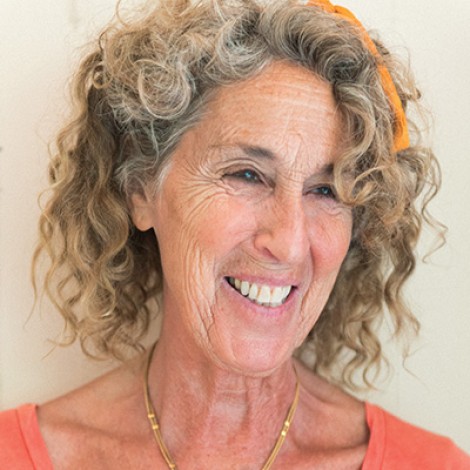As a retired physician,
I sometimes find myself in a role I am passionate about. I am sometimes invited
to accompany friends to their appointments with specialists.
I took a friend with
neuro-sarcoidosis to see a physician who specializes in this rare condition at
Hopkins. I went to the oncologist with a friend who had a rare retro-peritoneal
sarcoma to learn what options were available to her.
“The good physician treats the
disease.
The great physician treats the patient
who has the disease.”
~William
Osler~
To me, this is a great
honor. They are asking me to listen with expert ears to the medical-ese--a foreign
language to them--that specialists tend to use when discussing rare or
life-threatening conditions. They count on me to help them make difficult
decisions. They haven’t studied anatomy. They don’t have access to clinical
trials. They don’t understand morbidity and mortality statistics. They want to
know how long it will be until they feel better. When they can get back to
work. Whether or not they will live to see their first grandchild.
Not only can I provide
a “second set of ears” to help them recall important information…but I am able
to interpret what we are told, and to translate it into a language they can
understand.
Sometimes.
True story:
Last week I sat with a
friend who was seeking a second opinion from a specialist about complications
that arose following surgery to reverse a gastric bypass. That was two years
ago. She has undergone 6 procedures since then in a failed effort to close
fistulas that developed at the operative site and never healed. One of them has
opened out to the skin and drains continuously. No matter what she eats or
drinks, some of it ends up draining out through the opening…coffee, ice cream,
noodles, corn.
“We don’t know how strong we are
until being strong is our only choice.”
~author
unknown~
Her surgeon had nothing
else to offer so he referred her to one of the top bariatric surgeons in our
area for her thoughts on how to proceed.
The technical details
were only part of the problem with this discussion. Honestly, my friend doesn’t
much care about the details. She just wants to be healed, whatever it
takes…which in her case would be a “miracle” according to this doctor. She
described a risky and complicated procedure which would involve a whole team of
surgeons, each lending his/her own expertise…and still there was no guarantee
the fistula would close. Things could get worse instead of better. My friend
could die.
Or…she could consider
doing nothing. As hard as it is to imagine, she is still working. She maintains
her home and yard by herself, and she gets around on her own. It’s just this
awful, foul drainage that gets her down.
So now that she
understands her situation, her treatment options, and her prognosis, the hard
work begins. Facing reality. Surrendering to it. Pushing through. Maintaining
some semblance of the resilience and determination that have kept her going
these past two years.
As a physician, my job
is done. I listened. I understood. I translated.
As an advocate and
friend, though, my job is just beginning…
“Some patients,
though conscious that their condition
is perilous,
recover their health simply through
their contentment
with the goodness of the physician.”
~Hippocrates~
jan
PS: Every week I contemplate
a topic for this blog. For inspiration, I sometimes read up on the field of
narrative medicine. Sometimes I look into medical research. I often reach back
into my own memory and experience. Last week, though, this story was
hand-delivered to me by pure chance. It would be gratifying if, after reading
this woman’s story, someone were prompted to offer a prayer for her. If someone
found the strength and courage to continue his own medical battle, or to reach
out to a friend who is facing a life-threatening illness. Each one a step on
the journey toward healing. Thanks for listening.
























